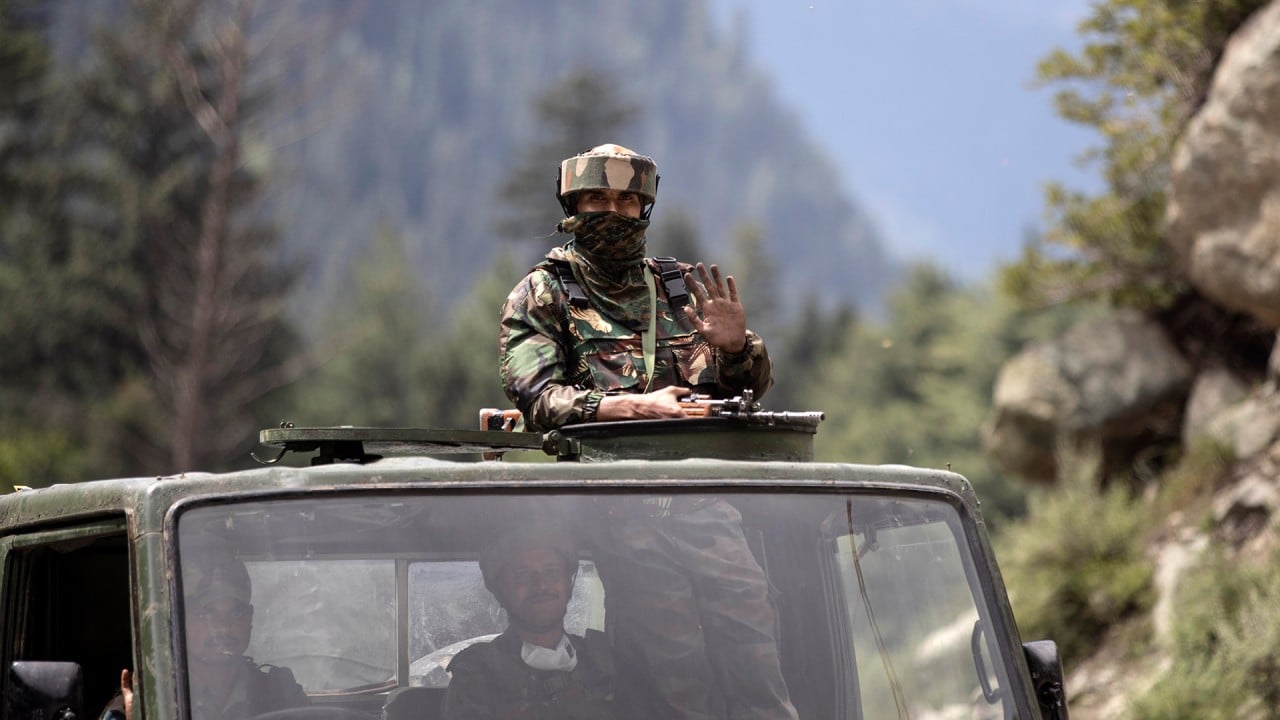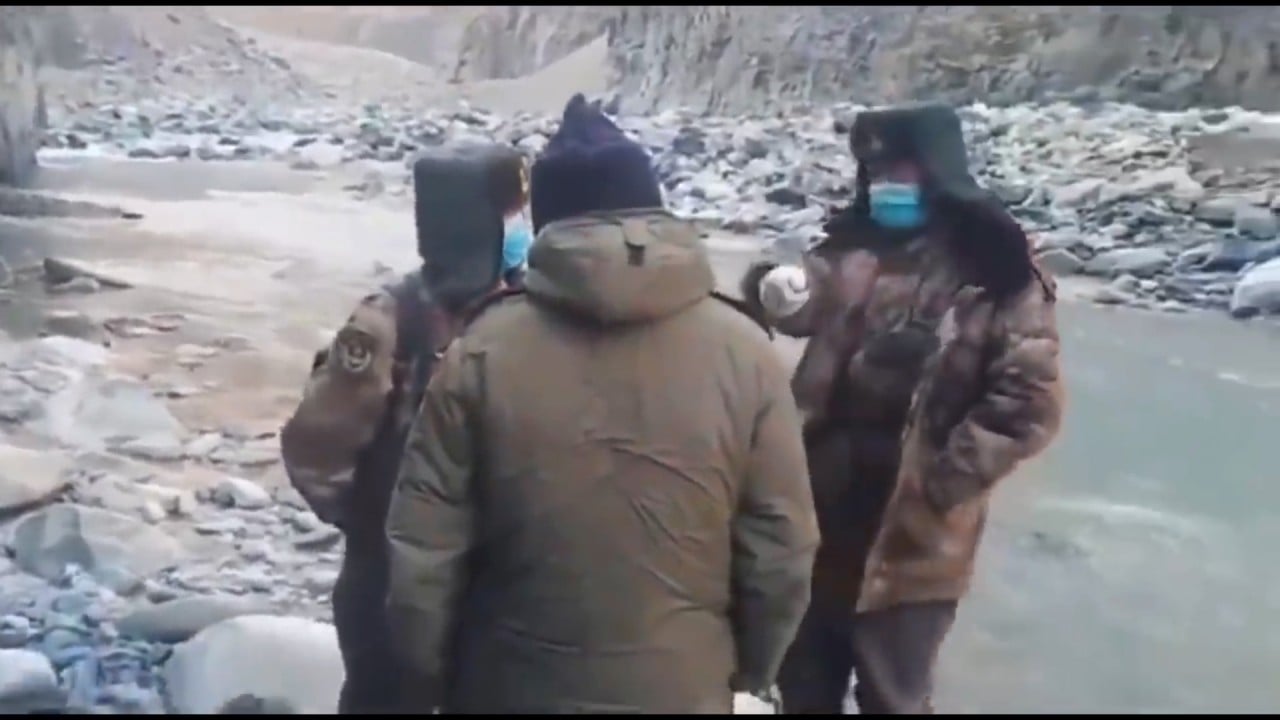
China-India stand-off: ‘narrow opportunity’ for foreign ministers to cool border tensions
- Breakthrough is unlikely at high-stakes talks in Moscow on Thursday, according to analysts
- With neither side showing much willingness to back down, they say the tense confrontation may continue into winter
While such talks are critical given the risk of a bigger confrontation after shots were fired on Monday for the first time in 45 years, the grievances and hostility are not expected to ease any time soon.
“The foreign ministers’ meeting comes at a delicate juncture for our long-lasting border row and despite all the difficulties and outstanding issues between the two countries, it presents a narrow opportunity for both sides to seek a political solution peacefully,” he said.

01:59
China, India accuse each other of firing shots in tense border region
Yun Sun, a senior fellow at the Stimson Centre in Washington, said the two sides were using both diplomatic and military talks to “maximise what they see as their national interests”.
But given the dramatic deterioration in China-India relations, especially after their deadliest border clash in half a century in June, few expect any breakthrough at the Moscow meeting.
“The nationalist sentiment and sense of grievance of India is particularly high due to the perception that China refuses to return to the ‘status quo ante’ before May,” Sun said. “I don’t think the issue will quickly go away.”

02:37
Indian and Chinese troops along disputed Galwan River border region
At least 20 Indian soldiers and an unspecified number of Chinese troops were killed in a violent brawl on June 15 in the Galwan Valley in Ladakh. India has since moved to ban Chinese-owned apps and restrict Chinese investment, and has become actively involved in the US-led quadrilateral security grouping with Australia and Japan that Beijing has called an “anti-China front line”.

Zhao said apart from the border tensions, Wang would also seek to dissuade New Delhi from siding with Washington in their growing superpower rivalry. “China does not want to have an adversary on its doorstep and Wang will try hard to convince his counterpart that China can still be a trusted partner for development,” he said.
The China-India border dispute: its origins and impact
But analysts were pessimistic about the prospects for bilateral relations, saying the two sides were unlikely to narrow their huge gap in expectations.
Beijing has repeatedly called on New Delhi to set aside past grievances and differences on the border issue to avoid irreparable damage to their overall ties, a suggestion Jaishankar dismissed on Monday. He said “clearly peace and tranquillity [on the border] is the basis for the relationship”, according to news agency Press Trust of India. Jaishankar also said he had known Wang for a long time and was “totally convinced that the solution to the situation has to be found in the domain of the diplomacy”.
![Indian Minister of External Affairs Subrahmanyam Jaishankar said “peace and tranquillity [on the border] is the basis for the relationship”. Photo: AFP](https://cdn.i-scmp.com/sites/default/files/d8/images/methode/2020/09/10/e2aa948e-f284-11ea-8f3b-07283e3f3bd8_1320x770_181934.jpg)
But Shashi Asthana, a retired Indian major general and chief instructor at the United Service Institution of India think tank in New Delhi, said while personal ties may help, they were unlikely to override national interest and sentiments.
“While both sides don’t want a conflict … in any face-off a graceful, face-saving exit becomes difficult because no side wants to look weak and compromising to its domestic constituency,” he said.
New Tibetan front in India-China border stand-off as five Indians ‘abducted’ in Arunachal Pradesh
With neither side showing much willingness to back down, analysts say the stand-off high in the Himalayas could continue into winter – and it could escalate into armed conflict if there is no breakthrough in talks.
“So long as Chinese verifiable withdrawal does not happen, we can expect the stand-off to roll over to winter and India is certainly prepared for it,” Asthana said, adding there could be further incidents between the two sides.
Sun from the Stimson Centre noted that the bloody border war of 1962 was fought in harsh conditions from late October to late November.
“Both sides have deep grievances … which will not be resolved through superficial diplomatic talks. The situation might get worse before both sides realise the strategic value of the stand-off does not merit the costs,” she said.
“Beijing is trying to prevent an anti-China coalition, but it doesn’t mean it [will] concede territory to achieve that goal. I don’t think China wants to sustain the stand-off with India, but it may not have the option not to sustain the stand-off given the stakes – including public opinion, international image, implications for the border dispute, future interactions with India,” Sun said.
“So I think Beijing is trying to mend ties, but it cannot make the key concession that India demands.”

